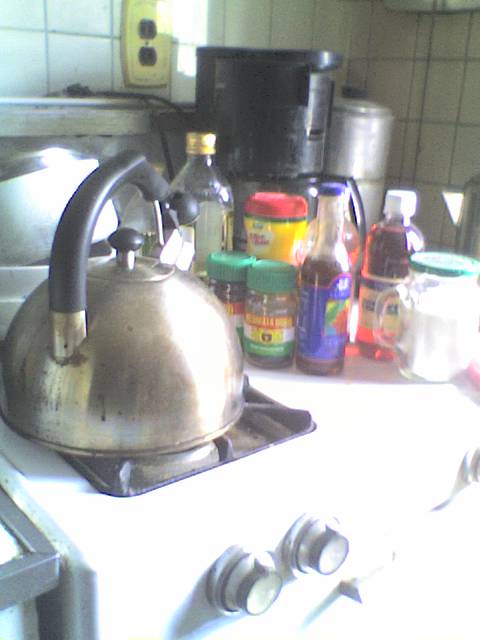The world's most chocolatiest holiday is only two days away and most bonbon buyers probably have no clue as to what to buy. Should they go sustainable for their sweeties? Where was it sourced? Not to worry. There's a guide to help.
Melissa Clark got the enviable job of tasting and writing about the varieties of cacao for today's New York Times Food section.It's a keeper article, very informative with a few recipes to try. (we'll get to those tomorrow).There's an interesting section on how chocolate is made. It starts with cacao or cocoa beans that grow inside pods, surrounded by fleshy fruit. The fruit surprisingly tastes like mango crossed with a pear and lychee (and not what you'd expect) After harvesting there the beans which then are fermented, Chocolate makers grind it down to create a chocolate liqueur. However it gets more complicated with the phrase "bean to bar". This began with the craft chocolate craze that started in 1996 in San Francisco.It was John Scharffenberger who created it along with Robert Steinberg who studied at the famed chocolate shop , Bernachon, in Lyons, France. A bean to bar maker is not the same as a chocolatier. The first makes chocolate from the beans while a chocolatier buys pre-made chocolate then melts and combines it with other ingredients. It's the base of such confections as truffles and praline along with a variety of other sweets.
Chocolate buyers and lovers should understand some of the language involved. For example what is single origin chocolate?Ms Clark explains it as a chocolate with beginnings in one area. The beans could come from just one farm or several sharing the same terroir (the chocolate industry uses the same terms as the wine industry). A chocolate's origin can tell the eater something. Latin American beans tend to be complex with notes of dried apricots, dark fruit and fresh berries while African ones tend to be fudgy with notes of raisins, coconut and coffee. Then there is the cacao percentage on the label. In ordered for something to be labeled chocolate here in the States it has to be thirty percent. Historically that percentage was always printed on the candy's back. That all changed in 1986 when chocolate giant Valrhona introduced the Guanaja kind which had a seventy percent cacao content. That's confusing too. A company's 68 percent may taste stronger and less sugary than its'74 percent. The percentages include both cacao solids and cocoa solids.If a chocolatier adds extra cocoa butter then that gives the finished product a smoother texture. The overall cacao percentage will increase but not the bitterness.In some ways it just depends on what chocoholics will like and what will appeal to them. A silky texture or semi- sweet flavor.
Finding the right chocolate for your sweetie is a lot harder than you think. As with any complex and layered food, be aware of the variety and what's out there. That should help you find the right treat for your sweet.
Wednesday, February 12, 2020
Your Chocolate Guide Part One
Subscribe to:
Post Comments (Atom)




No comments:
Post a Comment